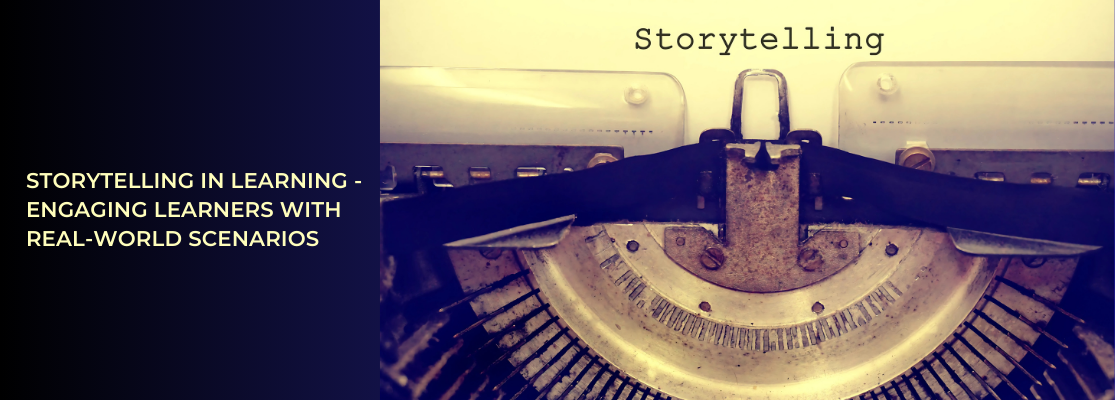When was the last time a story made you pause and reflect? Stories hold an incredible power – they connect with us emotionally, make information memorable, and help us view challenges from different perspectives. In the context of Learning and Development (L&D) too, storytelling is a transformative tool that can turn passive knowledge delivery into an active, engaging experience.
Why Storytelling Works in Learning Programs
- Stories Make Learning Relatable: Embedding lessons within real-world scenarios allows participants to bridge the gap between theory and practice. When concepts are grounded in realistic situations, they resonate more deeply. For instance, instead of merely presenting data on customer service best practices, weaving these lessons into a story about resolving a challenging customer complaint helps the audience better connect with and apply the insights.
- Stories Activate Emotions: Emotions play a significant role in memory and learning. Stories that elicit empathy, curiosity, or even surprise can improve retention and drive better understanding. When people emotionally invest in a narrative, they are more likely to remember the details and apply them later in practical contexts.
- Stories Inspire Action: A powerful story does more than educate; it motivates. It encourages the audience to think critically, adopt new behaviors, or challenge existing assumptions. For example, a story about a leader overcoming adversity can inspire individuals to embrace resilience and perseverance in their own journeys.
How to Incorporate Storytelling into Learning Programs
- Use Real-World Scenarios: Start with authentic challenges that align with your audience’s experiences. Build narratives that provide context and offer actionable takeaways.
- Develop Personas: Create relatable characters with clear goals, challenges, and growth. These personas help your audience see themselves in the narrative, fostering a sense of connection and relevance.
- Leverage Multimedia: Enhance your storytelling with videos, images, and audio elements. By engaging multiple senses, you create a more immersive learning experience.
Storytelling transforms learning from mere knowledge transfer to an engaging, participatory journey. By using this timeless art, L&D professionals can inspire meaningful change – one story, one person, at a time. Let’s make learning memorable and impactful through the power of stories.






